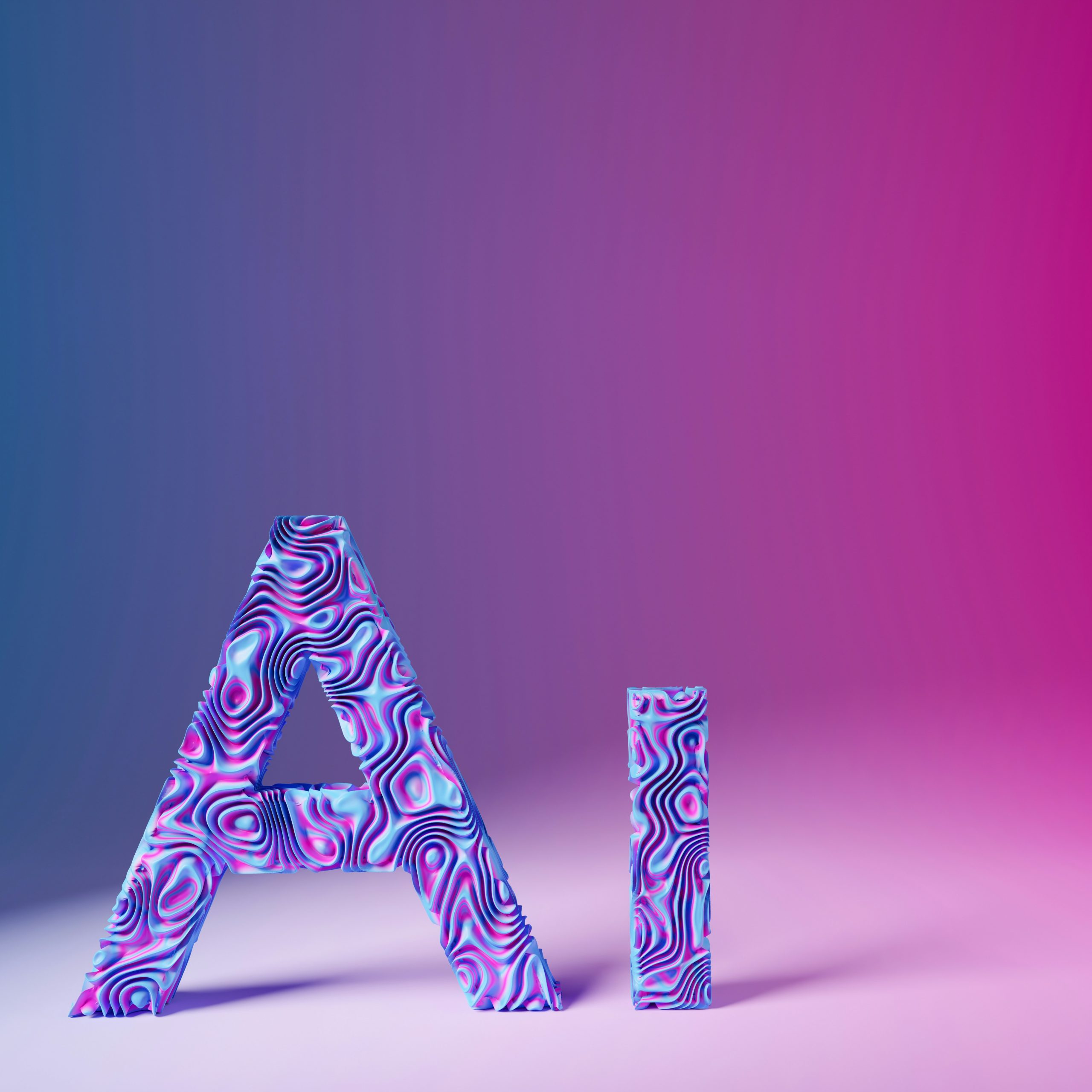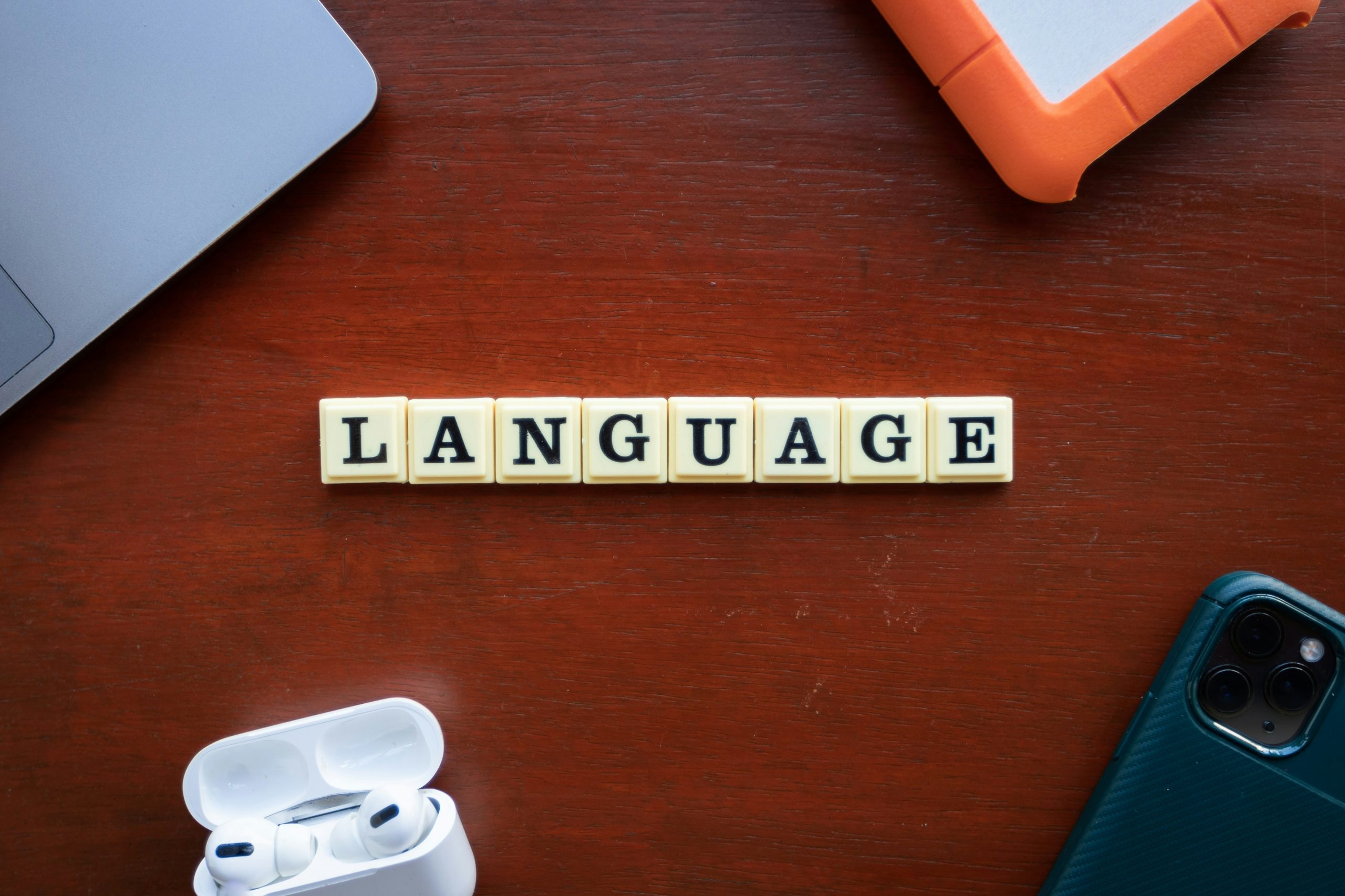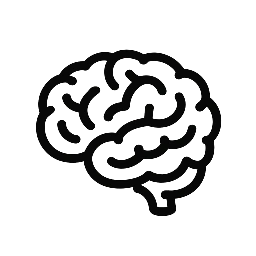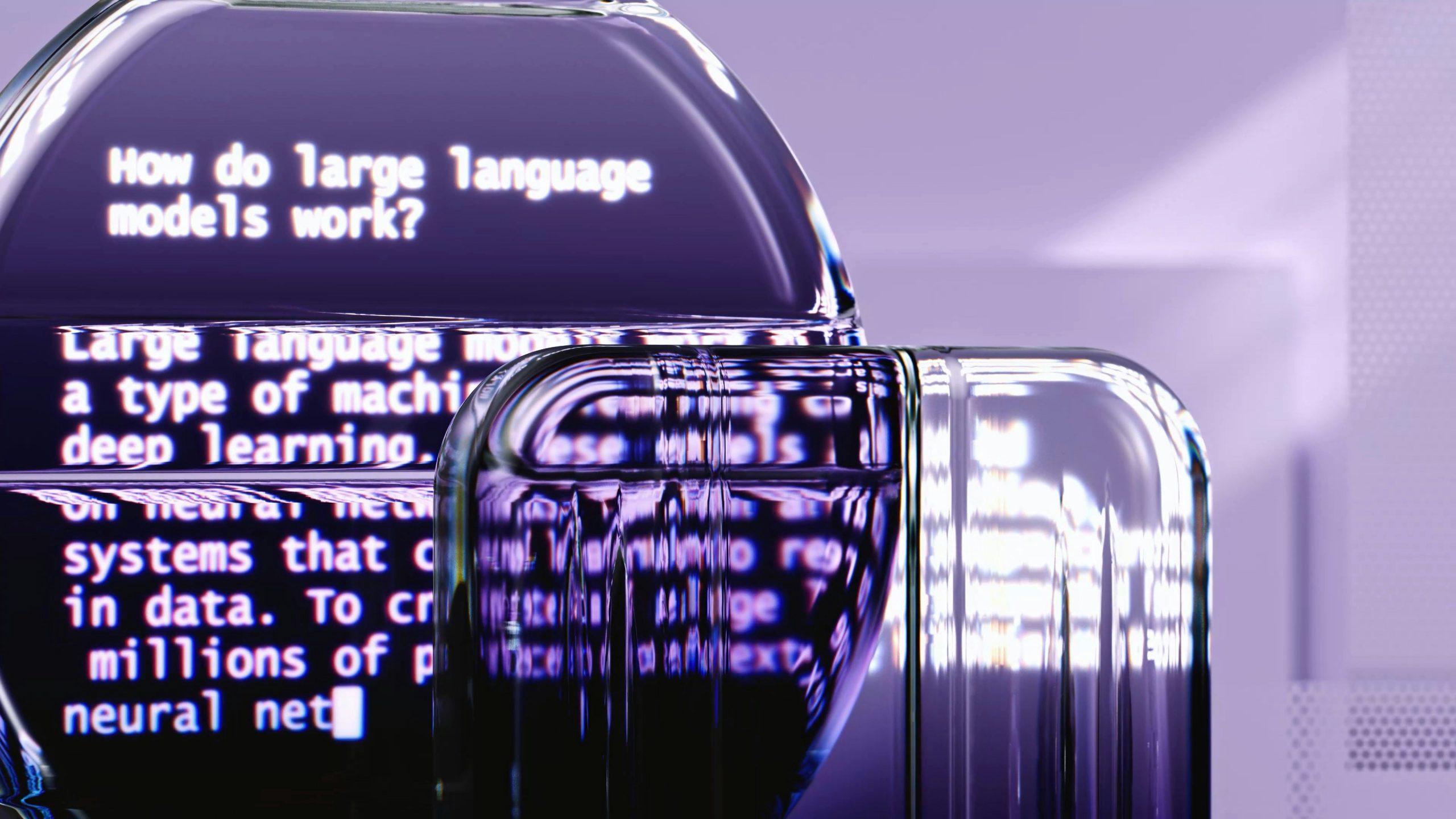Category: AI Core Concepts
-

Artificial Intelligence, commonly known as AI, is one of the most influential technologies of our time. But what exactly does it mean, and why does it matter? Understanding the Basics At its core, AI refers to systems or machines that can perform tasks typically requiring human intelligence. These tasks include understanding language, recognizing patterns, solving…
-

Natural Language Processing (NLP) is a field at the intersection of linguistics, computer science, and artificial intelligence. It focuses on enabling computers to understand, interpret, and generate human language — whether spoken or written. How NLP Works There are two main approaches to NLP: rule-based and machine learning-based. In rule-based (or lexicon-based) NLP, language is…
-

Large Language Models, or LLMs, are a type of artificial intelligence designed to understand and generate human language. They are the foundation behind tools like ChatGPT, Bard, or Claude, and are transforming how we write, search, translate, and interact with machines. What Makes an LLM “Large”? The more parameters and training data a model has,…
-

Prompt engineering is the practice of crafting clear, precise, and effective inputs (called prompts) to get the best possible output from a Large Language Model (LLM) like ChatGPT. It’s a bit like asking the right question in the right way — and in the world of AI, how you ask matters just as much as…
-

When you interact with an AI like ChatGPT, you might think in words and sentences — but the model doesn’t. Instead, it breaks everything down into tokens. Understanding tokens helps you better control how LLMs work, how much they cost to use, and why some responses get cut off. What is a Token? A token…
-

Generative AI refers to artificial intelligence systems that can create new content from text, images, music, code, and even video. Unlike traditional AI, which classifies or predicts based on existing data, generative AI produces original output based on the patterns it has learned. How It Works Generative AI is powered by models trained on massive…
-

Large Language Models (LLMs) like GPT‑4 and Claude are trained on vast amounts of text from the web, books, and other sources across many languages. This multilingual training enables them to recognize patterns in different languages, allowing both multilingual and sometimes cross-lingual capabilities. How LLMs Learn Language LLMs learn by processing massive datasets and adjusting…

